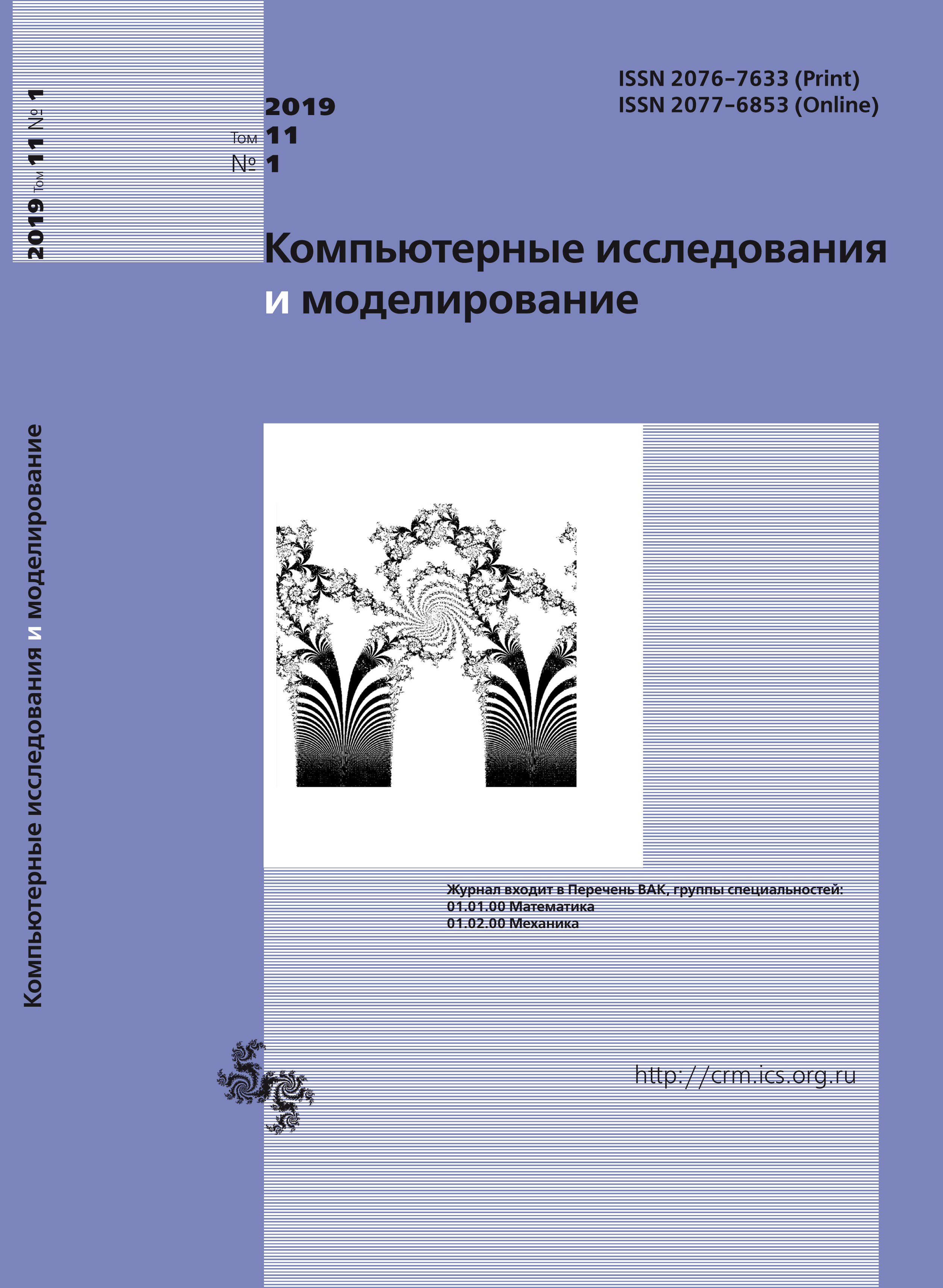All issues
- 2024 Vol. 16
- Issue 1 (special issue)
- 2023 Vol. 15
- 2022 Vol. 14
- 2021 Vol. 13
- 2020 Vol. 12
- 2019 Vol. 11
- 2018 Vol. 10
- 2017 Vol. 9
- 2016 Vol. 8
- 2015 Vol. 7
- 2014 Vol. 6
- 2013 Vol. 5
- 2012 Vol. 4
- 2011 Vol. 3
- 2010 Vol. 2
- 2009 Vol. 1
The key approaches and review of current researches on dynamics of structured and interacting populations
The review and systematization of current papers on the mathematical modeling of population dynamics allow us to conclude the key interests of authors are two or three main research lines related to the description and analysis of the dynamics of both local structured populations and systems of interacting homogeneous populations as ecological community in physical space. The paper reviews and systematizes scientific studies and results obtained within the framework of dynamics of structured and interacting populations to date. The paper describes the scientific idea progress in the direction of complicating models from the classical Malthus model to the modern models with various factors affecting population dynamics in the issues dealing with modeling the local population size dynamics. In particular, they consider the dynamic effects that arise as a result of taking into account the environmental capacity, density-dependent regulation, the Allee effect, complexity of an age and a stage structures. Particular attention is paid to the multistability of population dynamics. In addition, studies analyzing harvest effect on structured population dynamics and an appearance of the hydra effect are presented. The studies dealing with an appearance and development of spatial dissipative structures in both spatially separated populations and communities with migrations are discussed. Here, special attention is also paid to the frequency and phase multistability of population dynamics, as well as to an appearance of spatial clusters. During the systematization and review of articles on modeling the interacting population dynamics, the focus is on the “prey–predator” community. The key idea and approaches used in current mathematical biology to model a “prey–predator” system with community structure and harvesting are presented. The problems of an appearance and stability of the mosaic structure in communities distributed spatially and coupled by migration are also briefly discussed.
Indexed in Scopus
Full-text version of the journal is also available on the web site of the scientific electronic library eLIBRARY.RU
The journal is included in the Russian Science Citation Index
The journal is included in the RSCI
International Interdisciplinary Conference "Mathematics. Computing. Education"







